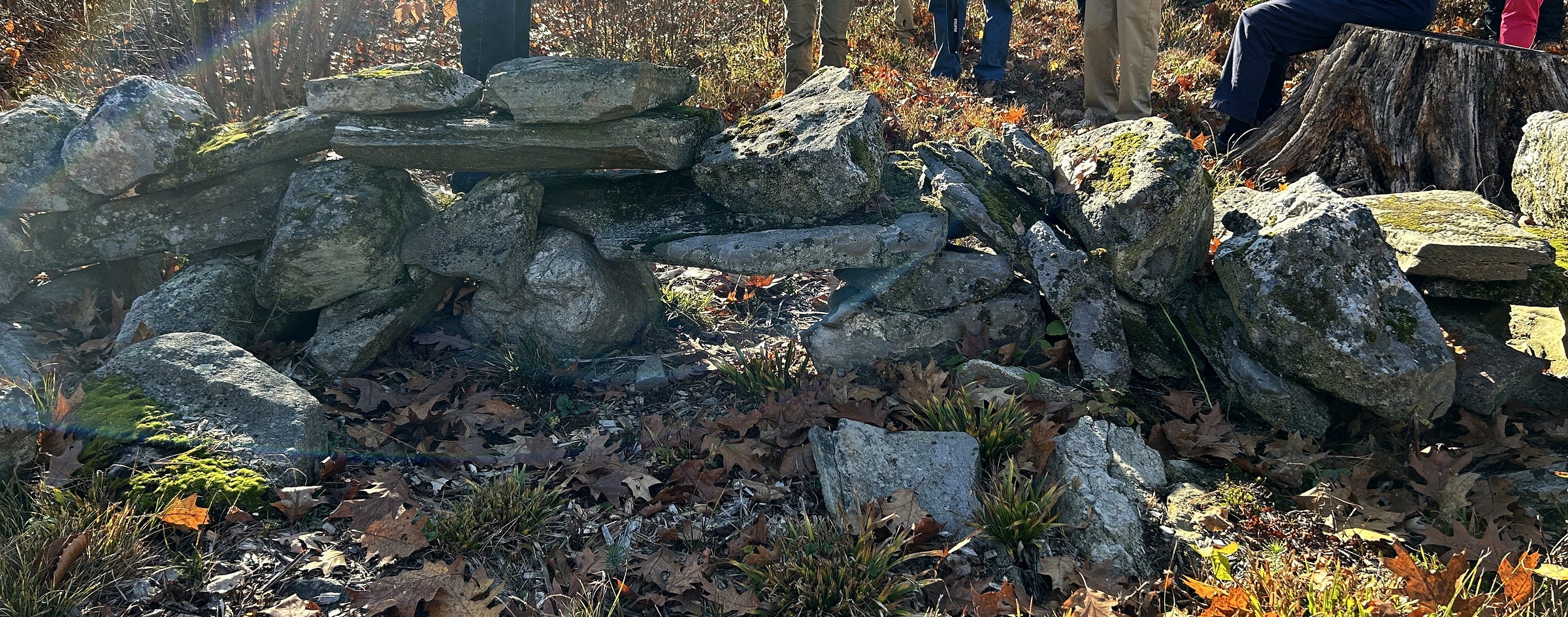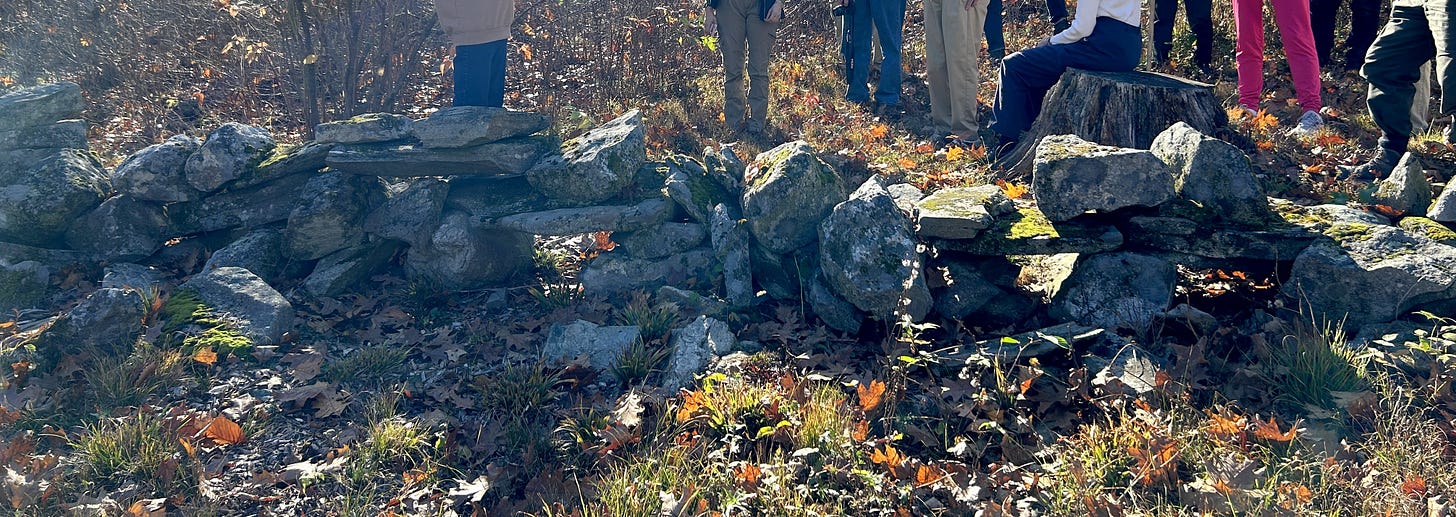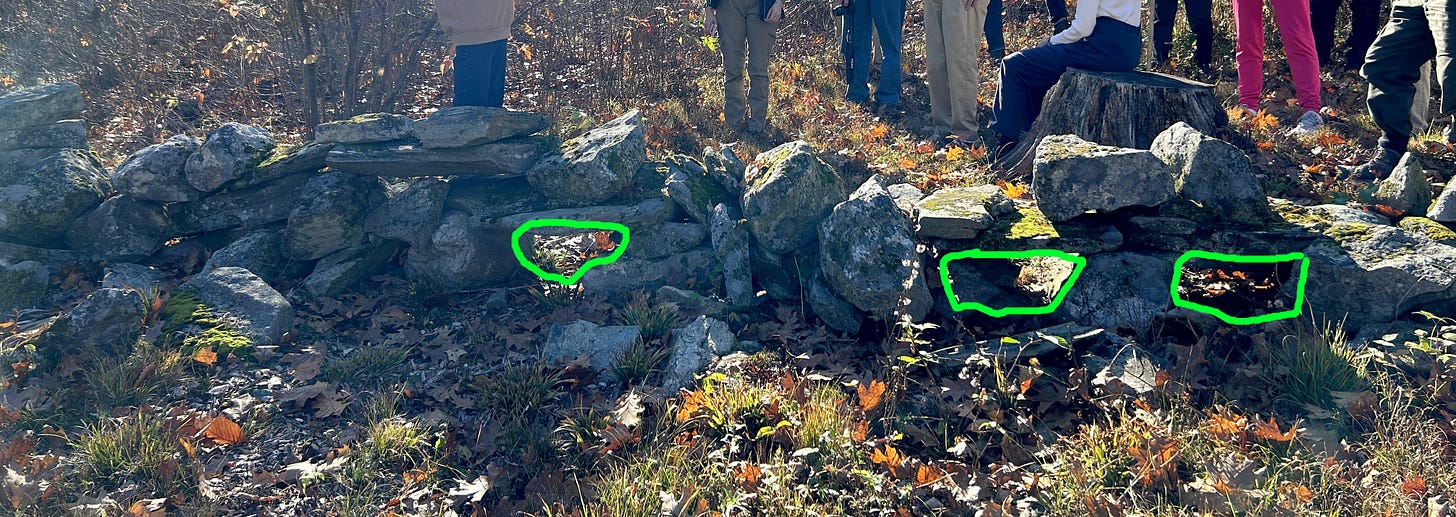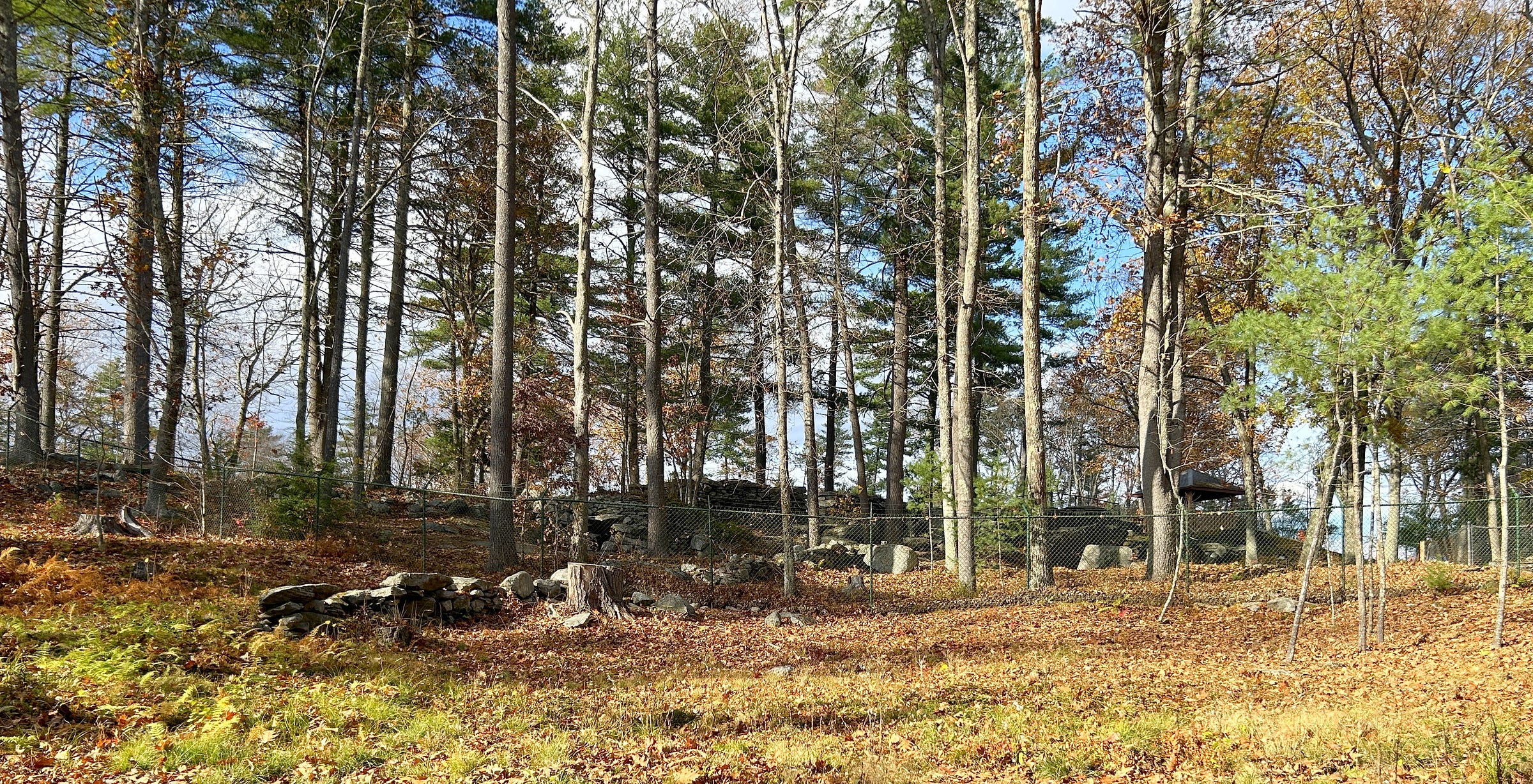Visiting "America's Stonehenge" in New Hampshire - Part One
Checking Out One of New England's Most Famous Stone Sites
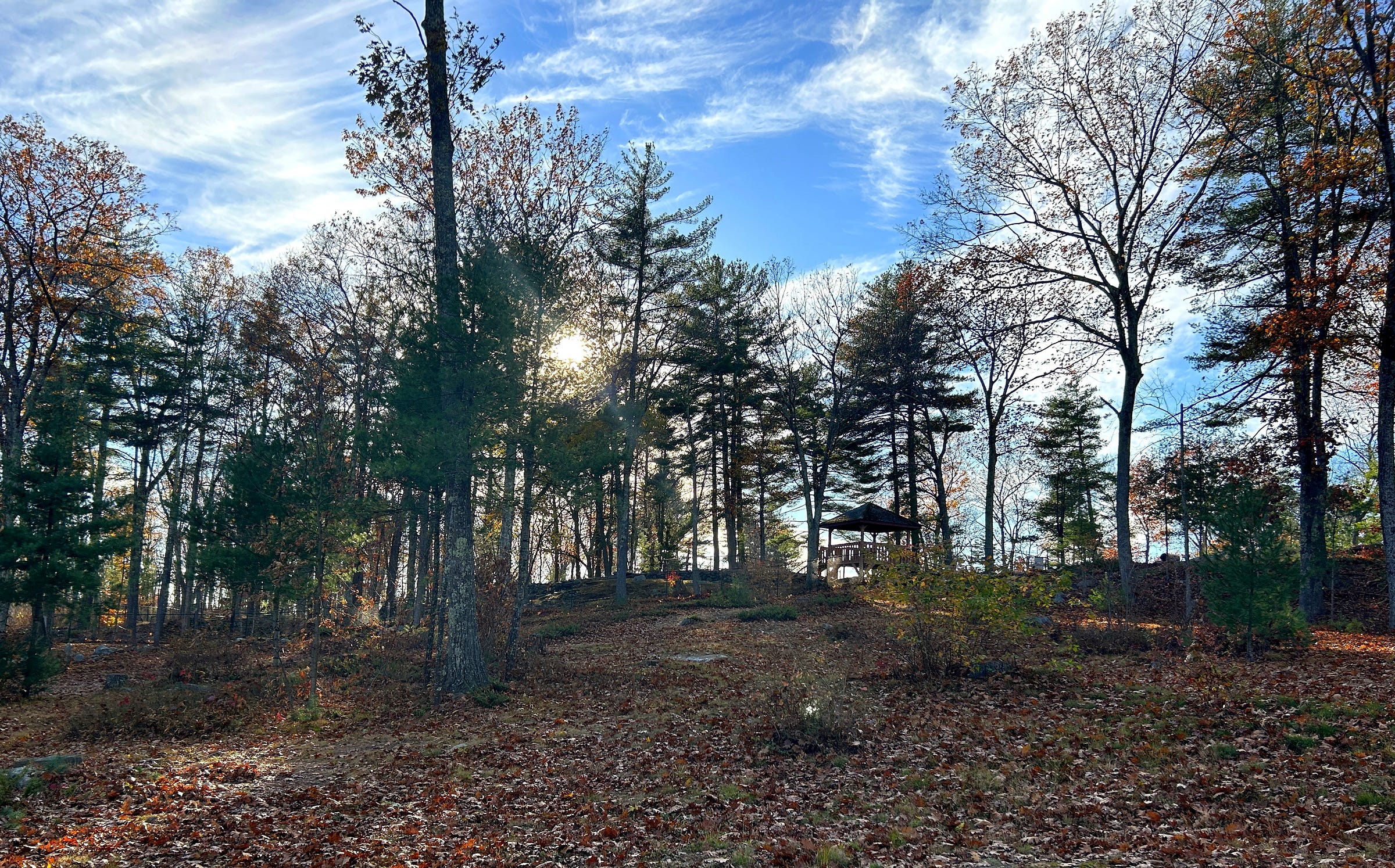
America’s Stonehenge is open to the public. Find out more at https://www.stonehengeusa.com/.
Seventy degrees? I was in southern New Hampshire, on a NEARA (New England Antiquities Research Association) Field Trip to America’s Stonehenge on November 1st — and it was 70 degrees out. Odd weather for a trip to an odd place, a place once known to the locals as “Mystery Hill”. And a place tied into the history of NEARA.
Current America’s Stonehenge owner Dennis Stone offered NEARA Members visiting Manchester, New Hampshire for the weekend’s Fall 2024 Conference a chance to visit the site at a reduced admission for the Field Trip. With NEARA celebrating it’s 60th Anniversary at the Conference, Stone gave a personal presentation that afternoon at America’s Stonehenge on the early days of NEARA, including his own unique insights, as his father Robert Stone was one of the founders of the organization. Dennis Stone shared photos and stories from the earliest days of the group, including a shot of the first NEARA meeting, held in what was then his playroom.

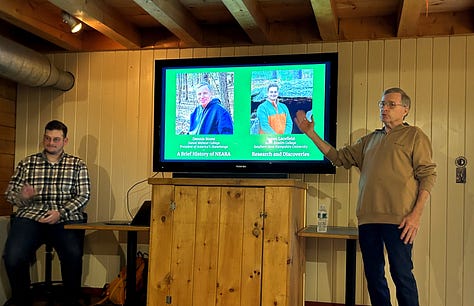
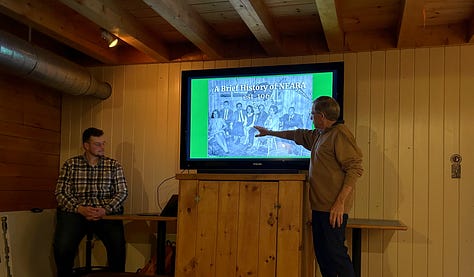
Stone was a gracious host and guide. After the presentation, he showed our group from NEARA around the site, feature by feature, and discussed some of the ideas they’ve had about what the incredibly concentrated stonework there was used for, and some of their hypotheses on who may have built it, and why.
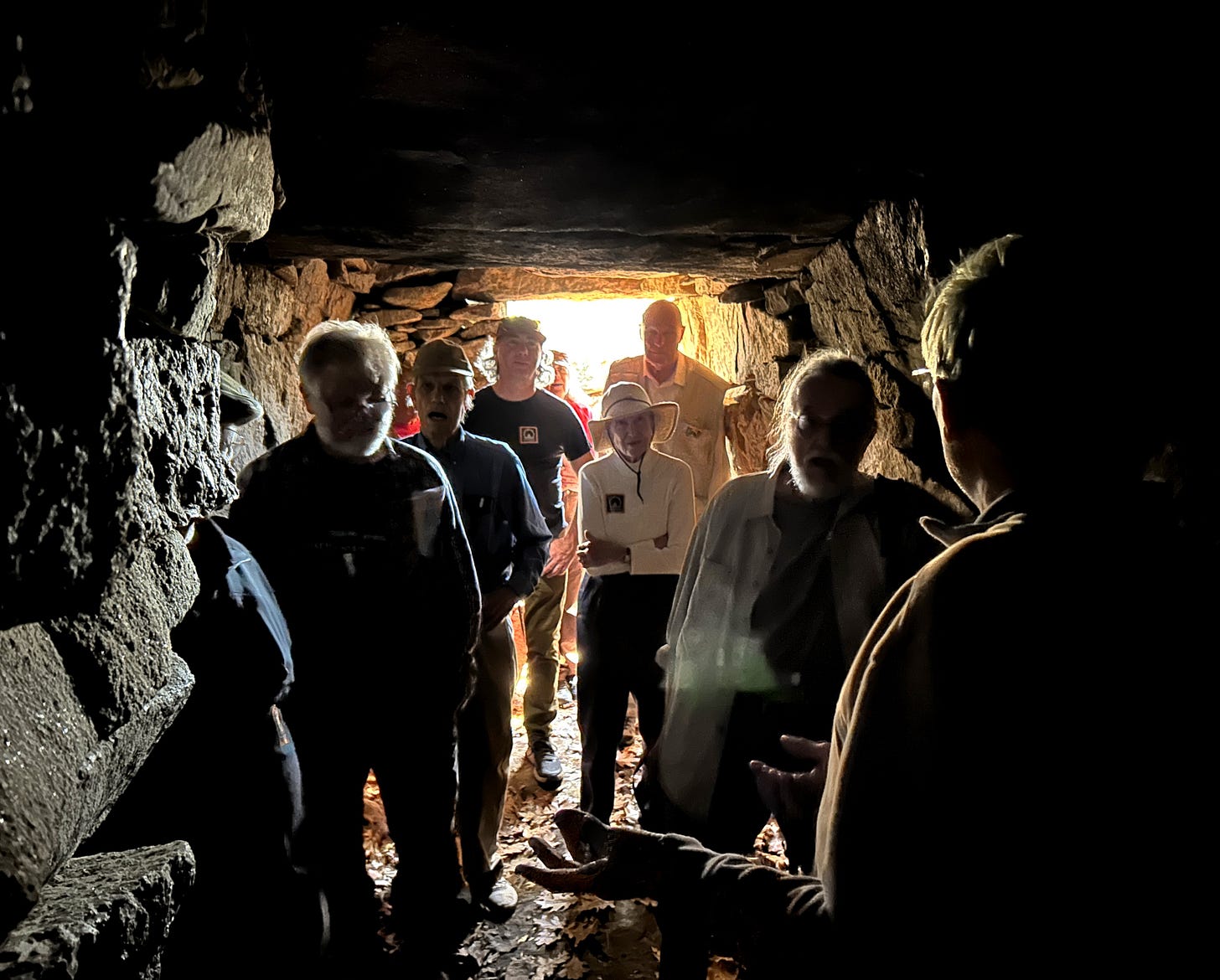
Stone entertained many questions and comments as our group worked our way through the stone features, admitting there were still more questions than answers, as any answers which came seemed to yield more questions. Keeping minds open to many possibilities, they continue to make new discoveries at America’s Stonehenge, and continue to uncover new understandings.
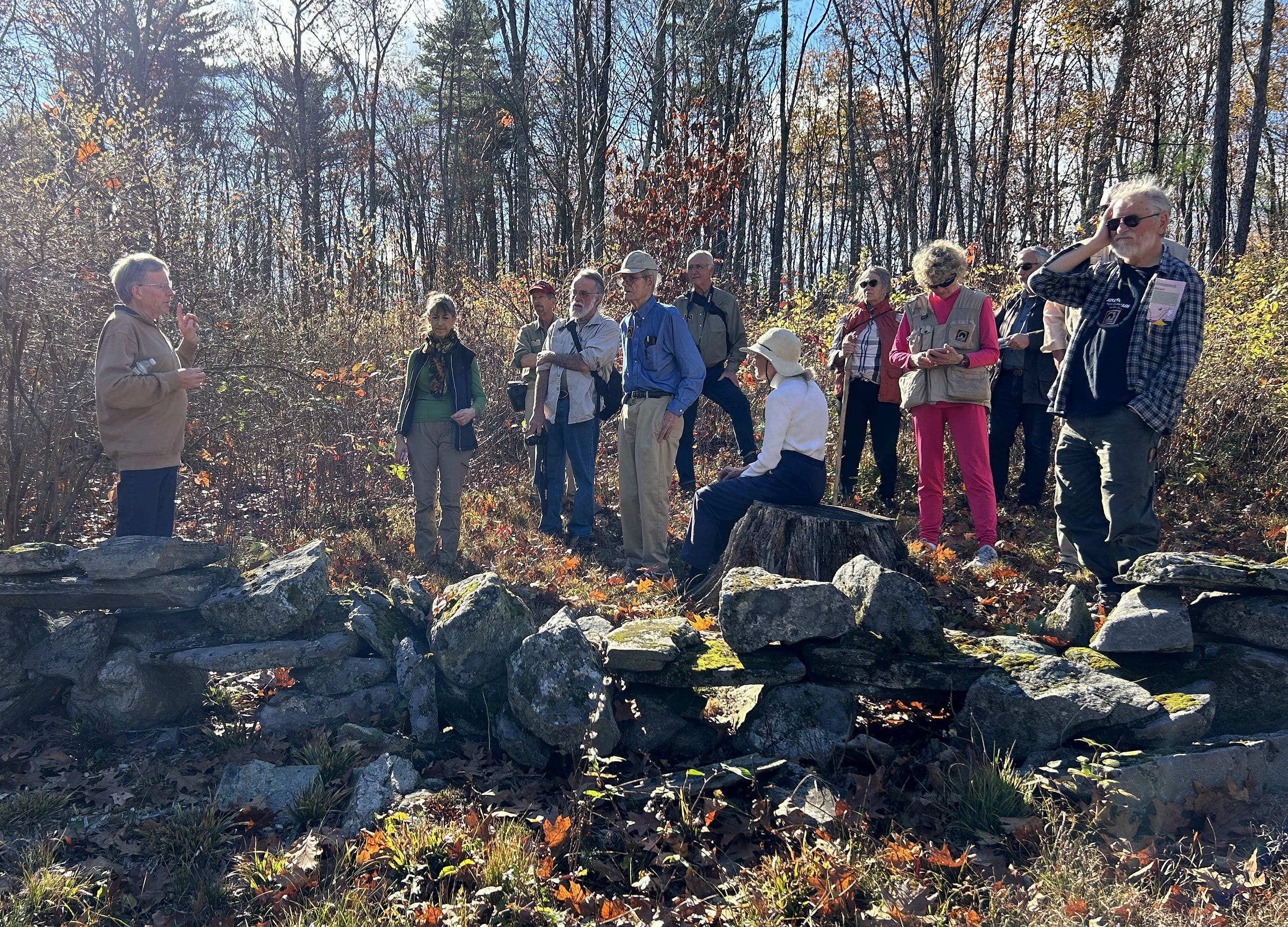
One of the more recent appreciations developed at the site is for what Stone calls “Windows” in some of the “Stone Walls”, deliberate gaps in the stonework, often found along with accompanying portable closure stones (some of us refer to these or similar such spaces in Stone Rows as “Niches”). Before we headed up the hill, we took a slight side-trip to see a low stone row with several “Windows” in it.
What is the significance of these niches or windows in a stone row? Some have suggested these were simply water gates, where water could flow through the wall in the Spring. Others suggest smaller animals might have used these, though the sheer number of the features may disprove this idea.
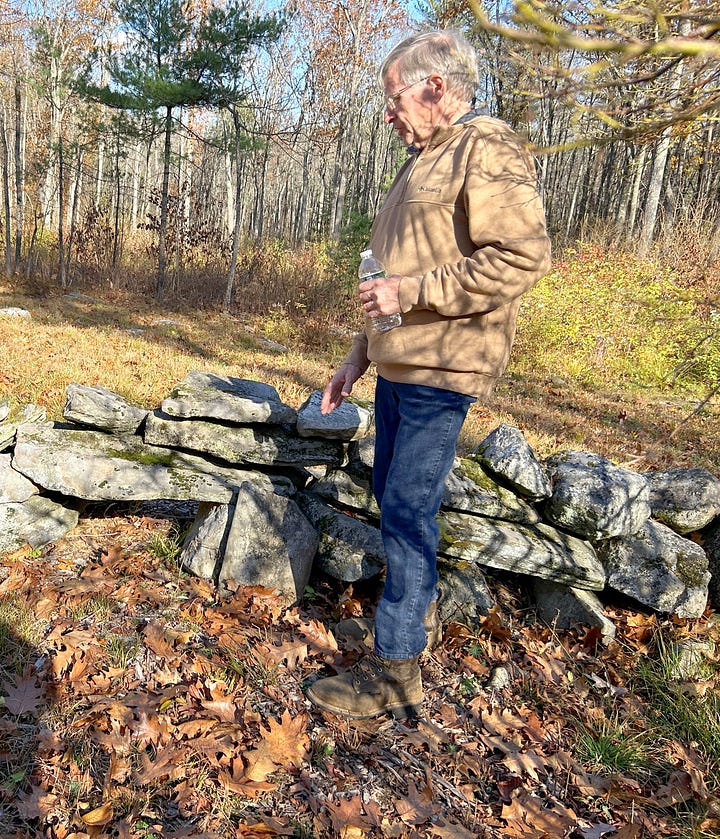
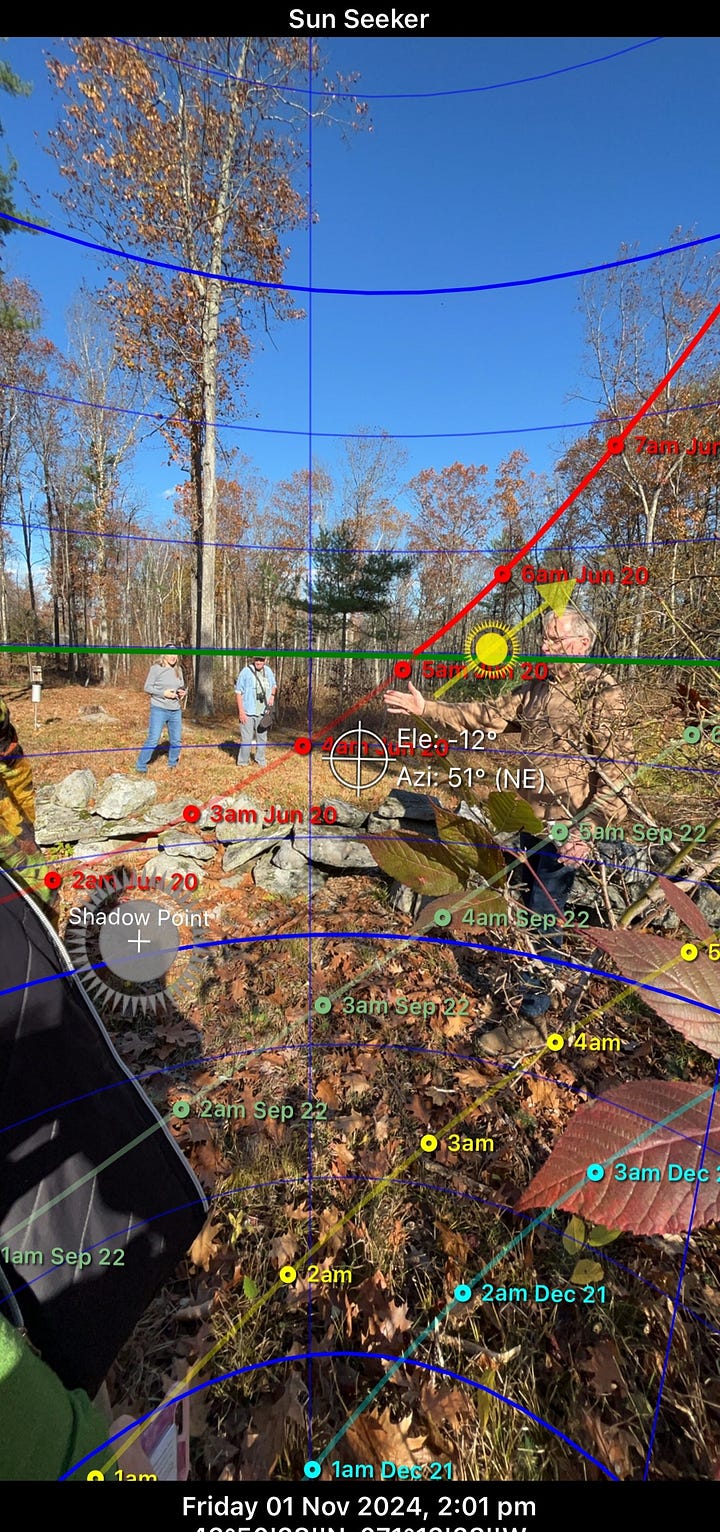
Another possibility is that this is an older, pre-agricultural stonework, and the gaps are aligned to significant Lunar or Solar Events. Though trees are now in the way, use of the SunSeeker App showed a potential for Summer Solstice Sunrise alignments with the horizon when viewed through the gaps, or that, perhaps, the first light from the Solstice Sunrise would have shone up through the gaps, up the hill.
These gaps can been seen in low stone rows, apparently older stonework, throughout the region. Their actual purpose seems to have been forgotten, as the agricultural “explanations” vary and contradict each other, and there are often potential sky alignments present, which perhaps suggest an older, more ritual or spiritual purpose in their design.
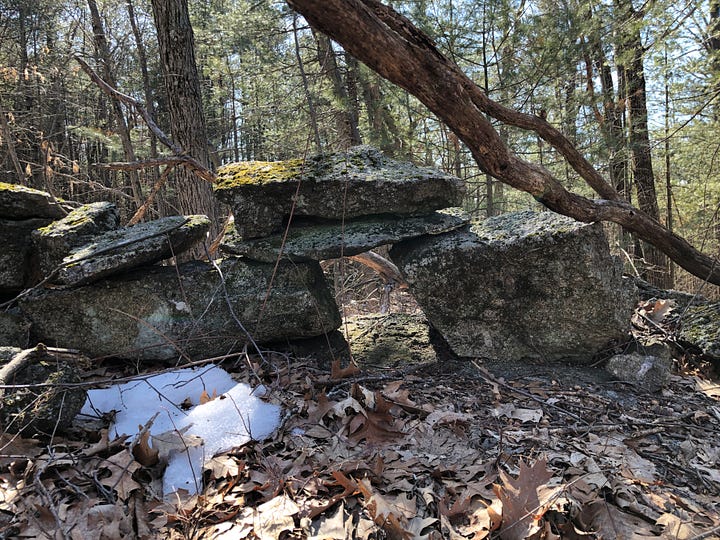
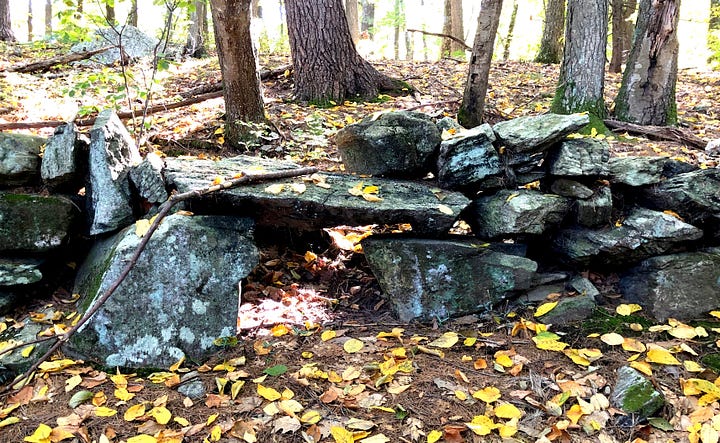
This was just the beginning of our tour of America’s Stonehenge. Yet, in some ways, these niches or windows may be some of the more interesting stonework here, historically speaking, as they seem to have remained intact over time, whereas so much of the main site has been manipulated and rebuilt in various ways throughout the years.
Despite the many reconstructions and manipulations which have moved stonework around on top of Mystery Hill, the place remains true to its name, a mystery, and attractive all the same to those curious as to its origins.
One of the largest questions? If we can we see through later manipulations to glimpse some views of its actual past. Perhaps we cannot, but we can try.
Some certainly have. In her 2021 book The Architecture of America’s Stonehenge, Researcher Mary Gage suggested that we might get a glimpse of that past if we looked at the site through an architectural lens. It’s an interesting read, and she makes a good case for the Indigenous architectural tradition she sees in the stonework. Her further ruminations and interpretations of the ritual significance and purposes of the site, however, seem somewhat overextended.
Speaking of books, Dennis Stone has just this year released his own book on the site, with James Lacefield and Katherine Stone, America’s Stonehenge: The Stone Ruins of New Hampshire, though I’ve not yet had the chance to read it.
After this initial visit, my sense, which may be an obvious one, is that any outlying stonework at the site is more likely closer to its original state than anything up on the hill, though there has likely been some alteration to the outlying work as well. I’m encouraged that they’re looking into these “windows” in the outlying stone rows as they seem indicative of earlier stonework, left untouched by virtue of “hiding in plain sight.” And I have seen these sorts of niches or windows in what appear to be Indigenous stone rows elsewhere in the general region.
There was much more to see as our NEARA Field Trip headed up the hill, which we’ll do in Part Two. Learn more about NEARA — New England Antiquities Research Association — at NEARA.org.
These articles on our NEARA Field Trip to America’s Stonehenge are free, shared non-commercially for educational purposes. I hope you’re reading this for free on my Substack and not on some pirate site that charged you for it. Interested in New England’s ancient stonework? Please consider becoming a Free or Paid Subscriber to this Substack “Newsletter” for access to all my articles and videos.
America’s Stonehenge in Salem, New Hampshire, is open to the public. Find out about visiting and more at https://www.stonehengeusa.com/.





